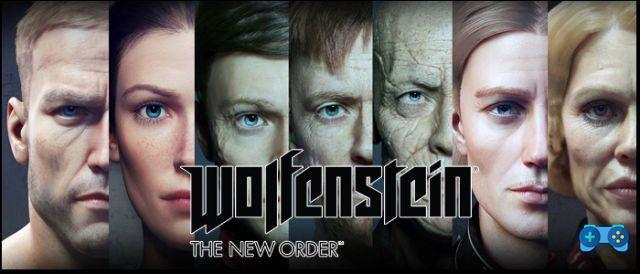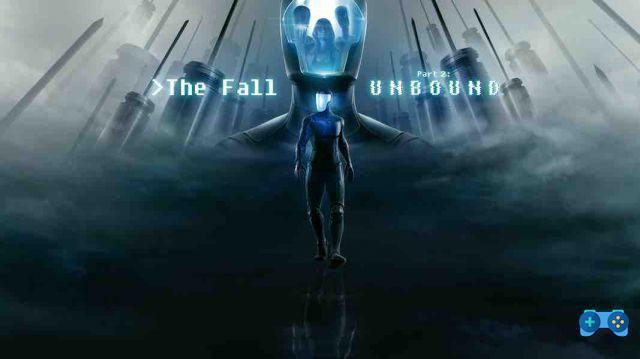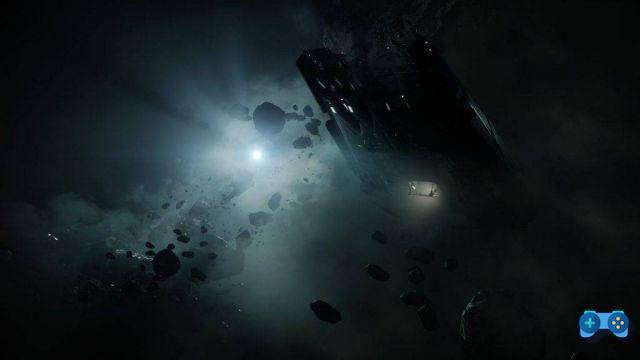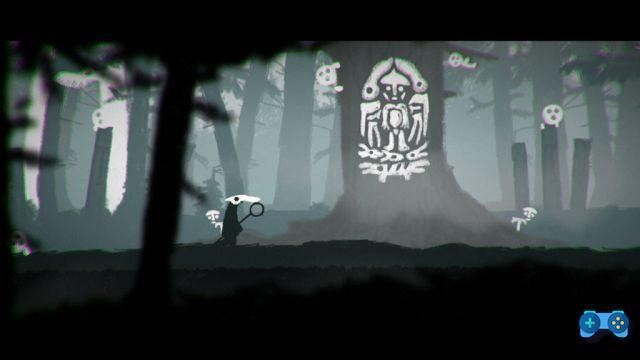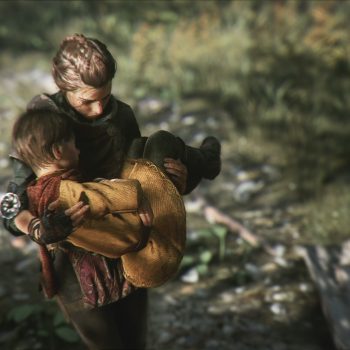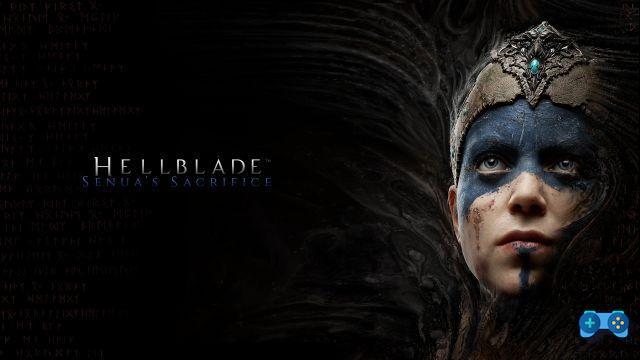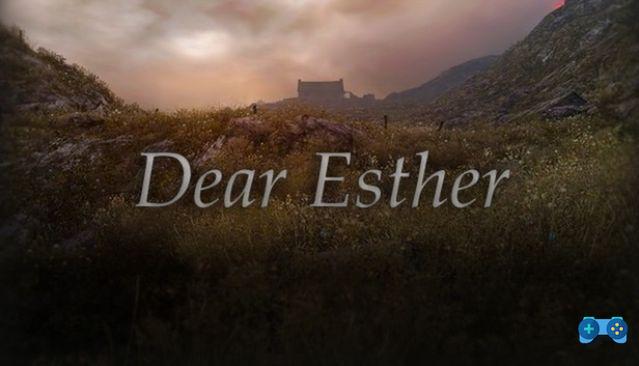
Between ghosts and loneliness, The Chinese Room has bewitched us.
Version tested PlayStation 4 and Xbox One.
It's not easy to review a game like Dear Esther. It is not easy to talk about it, let alone be able to put a vote on it (assuming that votes are needed for experiences like this). What the hell, half of the web is even undecided whether it should be considered a video game or not. We decided to do our own thing, the considerations of those who want the production of The Chinese Room a simple "walking simulator" (ie a game in which you just walk) have not convinced us. Dear Esther is a video game. But it is completely different from what we are used to, and it is extremely difficult to both understand and accept. This is why he definitely convinced us, and we appreciated it. The detractors will come to terms with it.
Before telling you something about the title we think it necessary to explain a little bit where it comes from. Born as a mod of Half Life 2 and supported by the University of Portsmouth (England), the Dear Esther project owes its life to Dan Pinchbeck and to the software house The Chinese Room. This mod saw the light in 2008 (it's been a while) and has received good acclaim for the experimental audiovisual approach, For the ethereal setting and for the use of the colonna sonora and of certain scenographic elements. It was not free from various problems, all of which were solved in the version we put our hand to, that is Landmark Edition of the game complete with developer commentary. Thanks to the work of Robert Briscoe, a former employee at DICE, the project has in fact been completely revised, leaving the script and setting intact but completely redesigning the graphic and technological system.
Esther, where are you?
A good question, too bad we can't answer it, even if we wanted to. The entire Dear Esther production tells the story of a man who is looking for a woman. This is all that is known and that we will be able to know during the whole experience in first person, lasting about an hour and a half. Oh at least, that's what we will be able to know for sure, given that the protagonist is not at all well placed both from the point of view of physical and mental health.
This man finds himself on a typically Nordic island. It is clear (from his words, confirmed by what we will see) that he has been there for some time, enough for him to have learned to know it well and yet be able to be amazed by the objects and the (almost) uncontaminated nature that surround him. Every place, every element reminds him of the memories of his life, memories that are all connected in the figure of Esther, his missing wife. It is a first-person narrative, all time not in search of Eshter (although this is the first impression) but something else which man cannot grasp, and which we have imagined to be the very meaning of his existence.
We will not tell you what man will find at the end of his journey, because we would be bad: we only tell you to enjoy the journey itself. Because only in this way will you understand that the key to the whole production is to arouse certain emotional states in the player rather than in proposing interactions with the surrounding environment. And you will also begin to understand that you cannot trust everything the protagonist will say: his memory and his conscience begin to yield, suggesting very profound interpretative paths.
Walk walk, night fell.
We told you what Dear Esther is about. Well, more or less, at least of what we seemed to understand by Dear Esther, since the title can be (and must be) played at least three times to be fully learned. The words of the protagonist and his arguments will also change in the three different sessions. For the rest, if you are wondering what to do ... you must above all know how to listen (and in good English, unfortunately: there are no subtitles in our language).

The whole production takes the form of a short story: the story of a man lost on an island in search of his beloved woman, who is presumed to be dead. Whether this is true is uncertain: our man is subject to mood swings and real mental frenzies that make the reliability of his statements doubtful. The player will have to move in the surrounding environment following very specific tracks prepared by the development teamor, invisible and yet present. You will never have the feeling of having to go that way, and yet you will know exactly that you have to go that way, thanks to a clever arrangement of paths, plants, stones and storm surges.
Along the way the day will pass from dawn to night (and here it is impossible not to think of a metaphor of adventure as the cycle of human life) and from time to time the man will externalize his stream of consciousness by talking to us about this or that friend, his past actions, what he thinks of his future, biblical passages and above all about Esther. And it is Esther that the man is looking for, Esther seems linked to this island. But who is the woman really? And where? Is it a real person or above all an abstraction? And if it's a person, is it still alive? Complete the narrative and maybe you will know.
The title of The Chinese Room does not involve any interaction with the surrounding environment. During the phases marked by the solar cycle you will see everything clearly, at night or in caves or indoors the support of a flashlight will automatically take over. You will not be able to jump, turn around or interact with the surrounding environment. You can only listen and watch, and walk. If, like us, you suffer from acute myopia, the game provides you with a limited zoom on the field of view, which is not even necessary. You will not even be able to run, and if at first it seems like a torture, later on you will understand that it is a functional choice for the fruition of the story.
How to make art through the video game
We often speak of video games as real "masterpieces". The Witcher 3, for example, would be one of the greatest masterpieces of recent years, because it is big, beautiful, with an intriguing plot, and you beat monsters. Maybe it's true; but it is too often forgotten that art hides itself from the superficial gaze and hides itself in small things. It seems trivial, but the photograph taken by the most skilled photographer in the world may not compare with the one taken by my mom with her cell phone in the rising sun in the garden. Life laughs at our classifications.
Dear Esther, therefore, is a video game. We will tell you more: it is also art, in its own way. It will not end up in a museum, in ten years everyone will have forgotten it, and with these statements we will probably attract hatred from all over the world. We will make a reason. In the meantime, let's try to explain why, in our opinion, it is art. First: it shakes the conscience. It makes you think. It makes people think about life, about death, about the existence of the individual, about his relationship with the environment, with nature, with God. Art does this. Second: it can be used in any place, at any time. In a hundred years, if anyone plays Dear Esther, they will notice that this is all still valid. It will still work. Art does this. The Divine Comedy hasn't aged after 800 years, and it will never get old. There would be more, but we believe we have already bored you enough with this meatloaf.
Ah, yes, the important questions: the graphics of the game are beautiful, it's in HD, there are no bugs and the soundtrack is open-stage applause, as well as the settings, the scenarios, the dialogues and that photo of my mom. to the garden I was talking about.
Final commentDear Esther is a small masterpiece that looks more like a story than a real video game, yet it manages to be both at the same time and does it with such power that it pushes itself to become a small artistic product, suitable for everyone and recommended to all those who are still able to get excited by listening to stories told by others and reflecting on the meaning of life and existence. Of course, you need to know the English language, and this is a shame for a non-native speaker. And from the point of view of the actual "game" you can't do all those things that you do in other games. But it doesn't matter. Really, it doesn't matter. |
| For | Cons |
|---|---|
| - Deep and touching story, for intense emotions - Existentialism - Light and precise as a story | - Little freedom of action - Little interaction with the environment |
| Overall rating: 90 |
Deprecated: Automatic conversion of false to array is deprecated in /home/soultricks.com/htdocs/php/post.php on line 606







